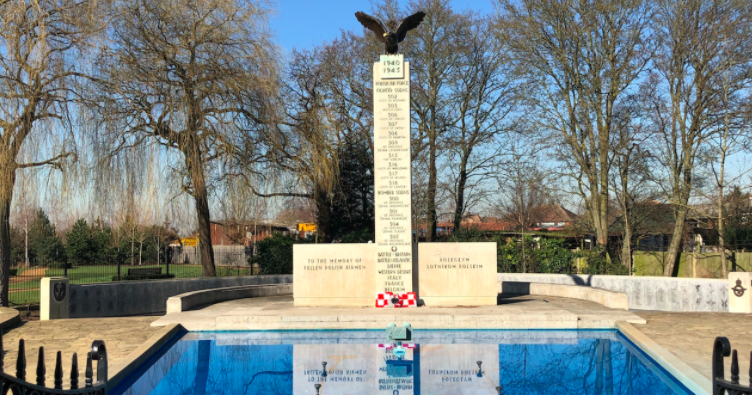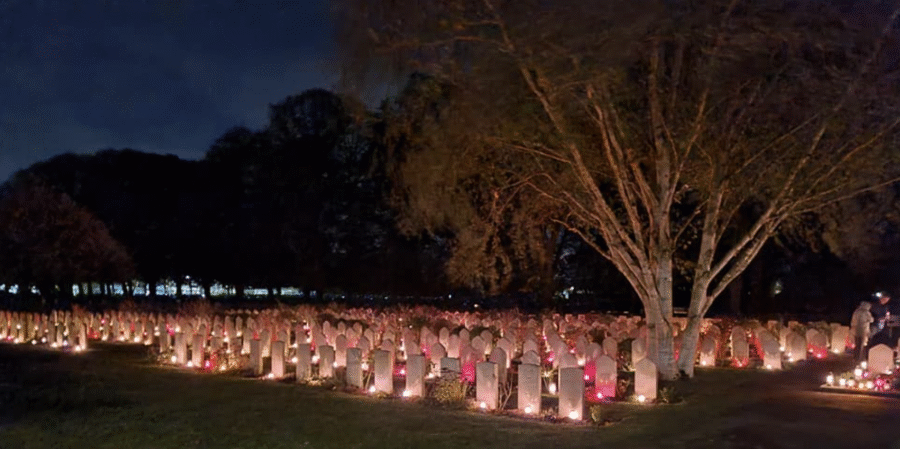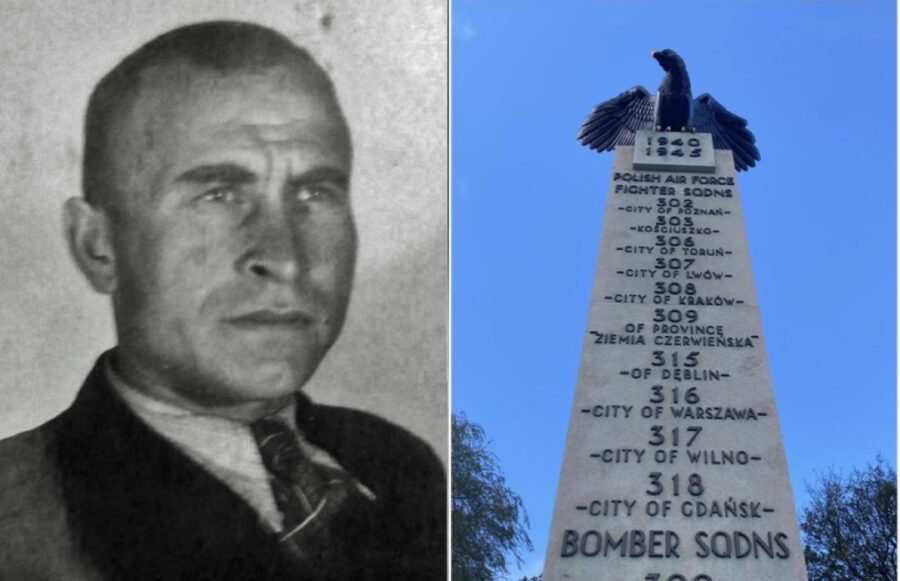The Polish War Memorial (officially: Polish Air Force Memorial) was funded and erected by the British to honour and commemorate the Polish airmen and their contribution to the Battle of Britain. It was unveiled on 2 November 1948.
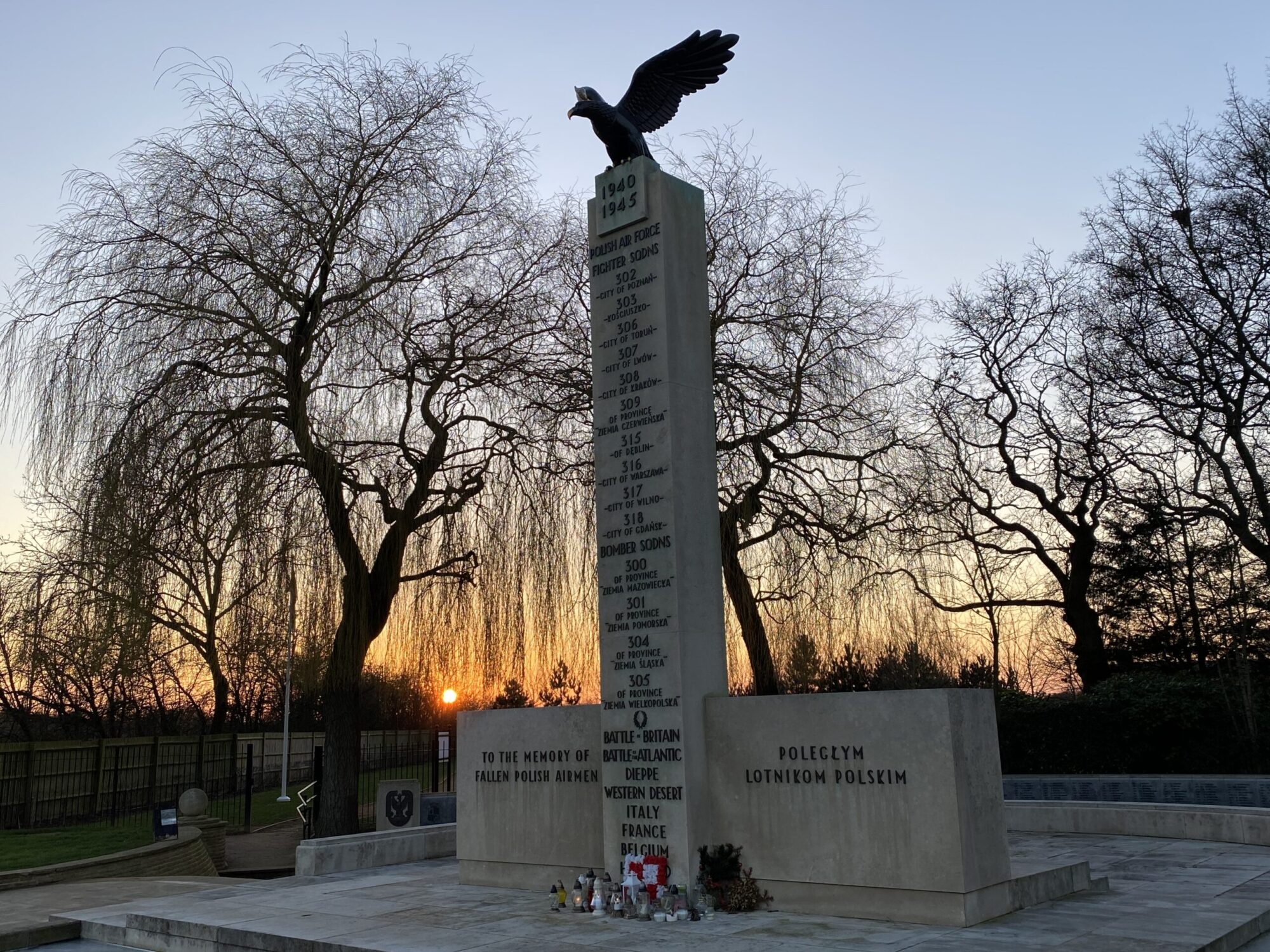
During the Battle Of Britain, the largest and most effective group of foreign aircrew were from Poland – 145. Seven Polish-manned fighter squadrons were based in Northolt at different times in the war. For example, 303 Squadron became the most successful Fighter Command unit which shot down 126 German planes in only 42 days.
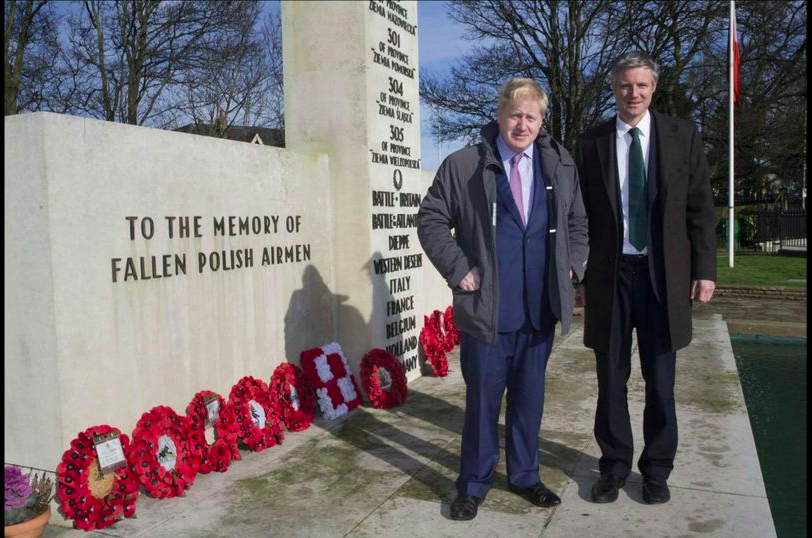
The Polish Air Forces in France and Great Britain supported the Allied powers during World War II. A group of Polish officers who remained in Britain after the war formed the Polish Air Force Association and decided to erect a memorial. A committee, led by Air Vice Marshal Mateusz Iżycki, raised the necessary funds mostly from British people and Polish veterans. They raised over £8,000.
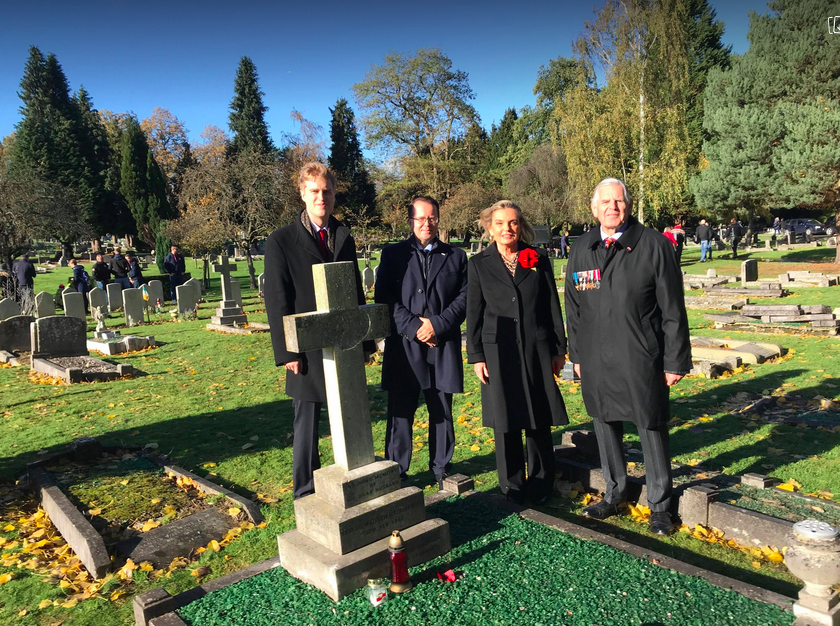
The memorial was unveiled on 2nd November 1948 by Lord Tedder, Chief of the Air Staff, after a speech by Viscount Portal of Hungerford in which he said that it was a sad blow that many Polish veterans were unable to return home as their country had been occupied by the Soviet Union. He added that it would be to the mutual advantage of Britons and Poles that the latter were to make their home in Britain.
The unveiling was attended by August Zaleski, president of the Polish Republic in Exile, General Władysław Anders and further 3,000 dignitaries and guests.
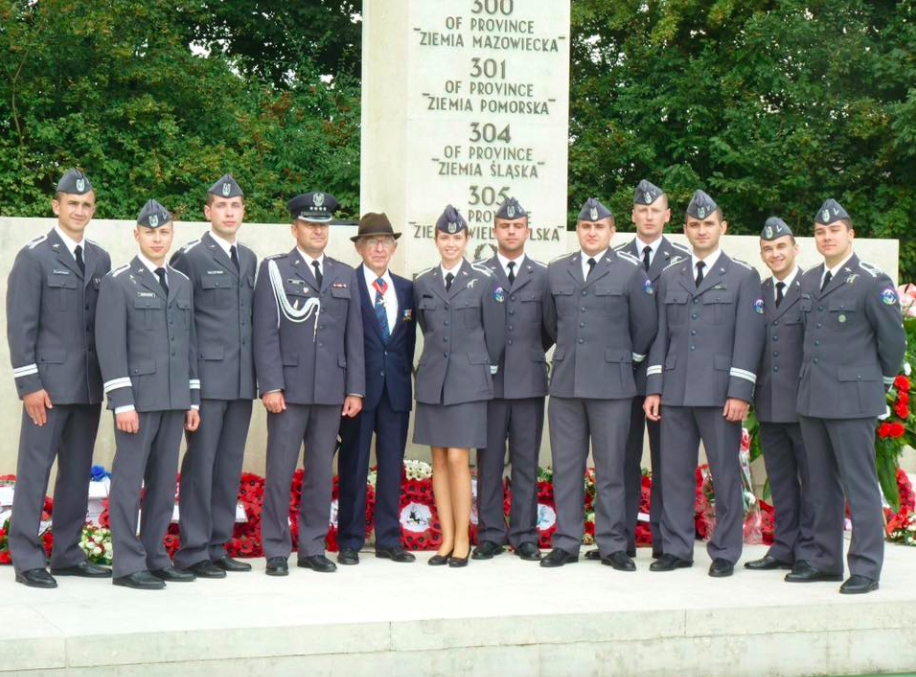
The memorial was designed by Mieczyslaw Lubelski, a Polish monumental sculptor and a Warsaw Uprising insurgent, who had been interned in a German forced labour camp during the war. His budget £3,000. The memorial is made from Portland stone with bronze lettering and a bronze eagle on a column, the symbol of the Polish Air Force. Bronze lettering on the column gives the dates „1940-1945” and lists the Polish fighter and bomber squadrons that served with the RAF in the Second World War.
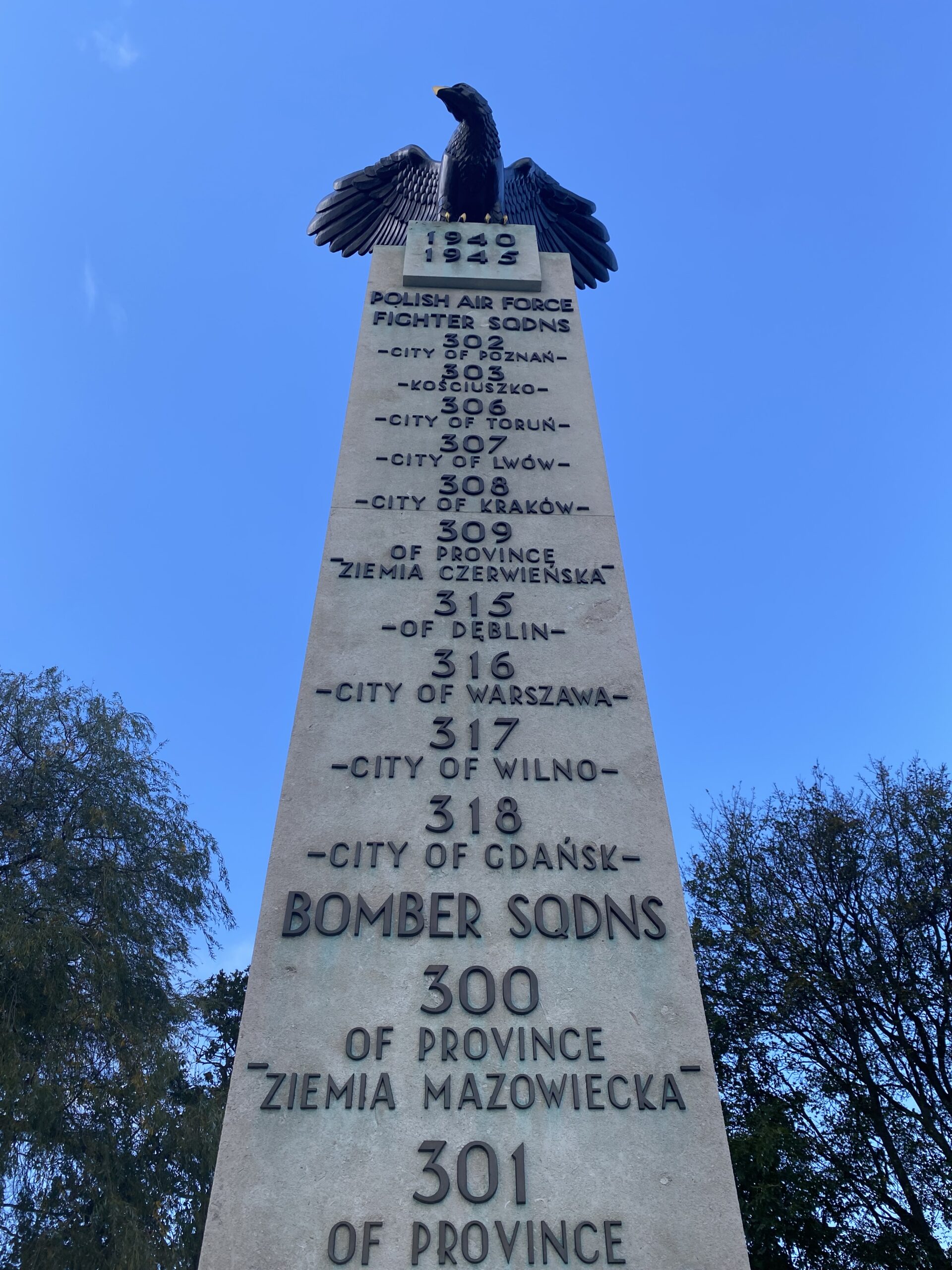
The original intention was to record the names of all those Polish airmen who lost their lives while serving during WW2 (a total of 2,408) but there was not enough space for this and, as a compromise, the names of the 1,241 who died in operational sorties (as opposed to the training or flying accidents) were inscribed instead. However further names were added between 1994 and 1996, when the memorial was refurbished and rededicated, giving a total of 2165.
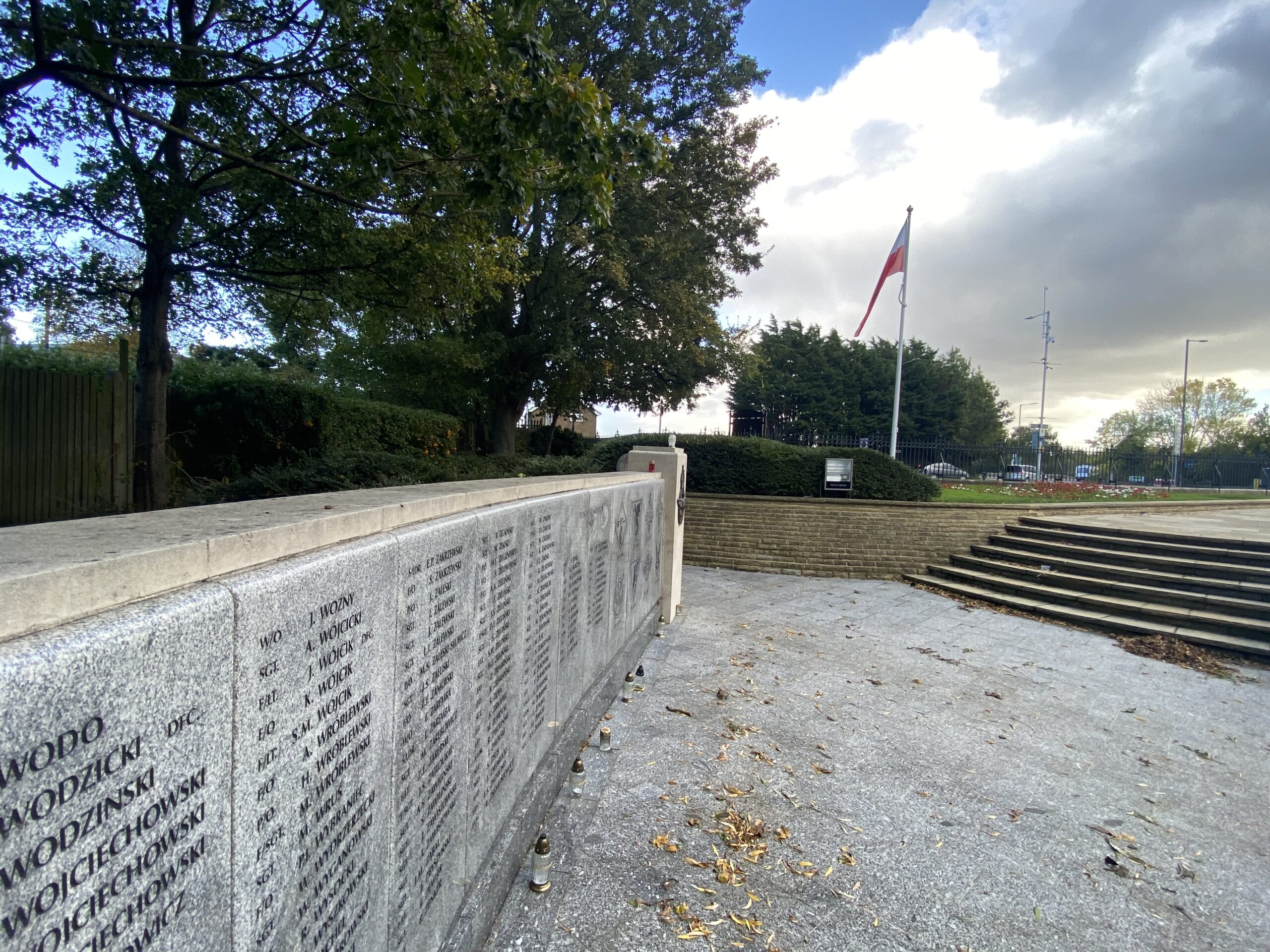
The flanking panels have inscriptions in bronze lettering: to the front, in England and Polish: „TO THE MEMORY OF / FALLEN POLISH AIRMEN” and „POLEGLYM / LOTNIKOM POLSKIM”, and across the rear, a biblical quotation from 2 Timothy 4: „I HAVE FOUGHT A GOOD FIGHT, I HAVE FINISHED MY COURSE, / I HAVE KEPT THE FAITH/ – II TIM. IV. 7.”
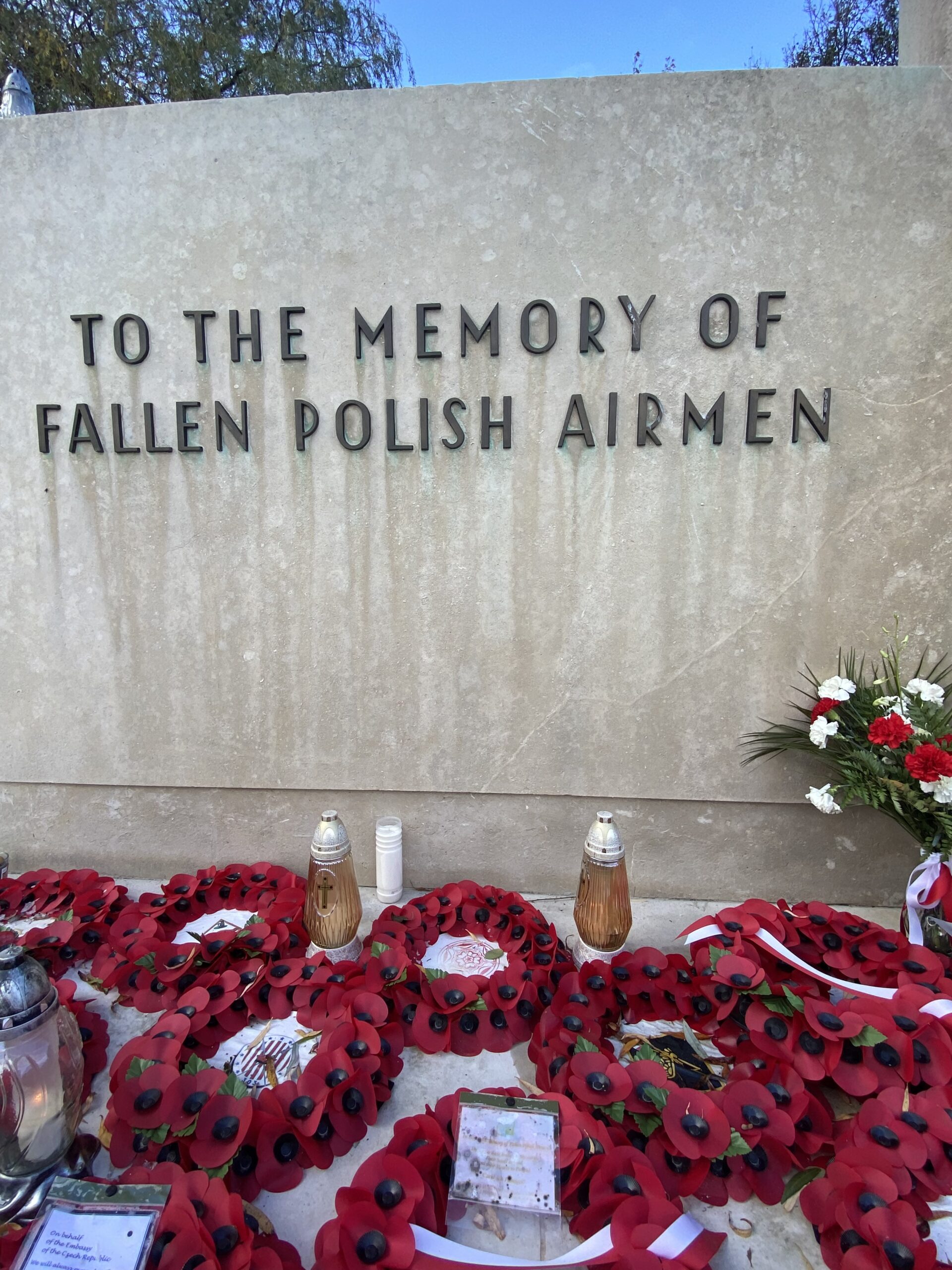
It is situated beside the A40/A4180 roundabout junction near RAF Northolt between Ruislip and Northolt in the County of Middlesex, in the London Borough of Hillingdon.
The memorial is flanked by 2 granite walls engraved with 1877 names of Polish airmen who lost their lives ‘For Your Freedom and Ours’.
Watch a touching video (unfortunately silent) of the memorial’s unveiling. Courtesy of the Trustees of the RAF Museum, Hendon.
Every year there are ceremonies, organised by many associations, to commemorate fallen Polish airmen and the participation of Polish Squadrons in the war effort.
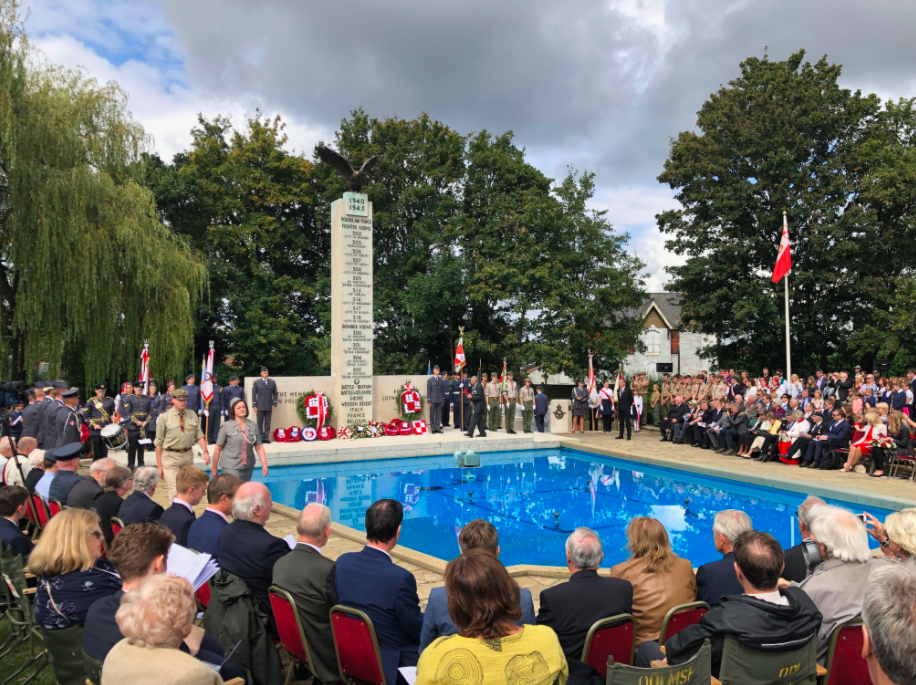
They are attended by many distinguished guests. Here you can read more about the Ceremony of Homage to Fallen Polish Airmen in London.
The monument was upgraded to Grade II* listed building in September 2020, the 75th anniversary of the end of the Second World War.
Maria Byczynski
Pictures: British Poles, Jerzy Chudzicki


